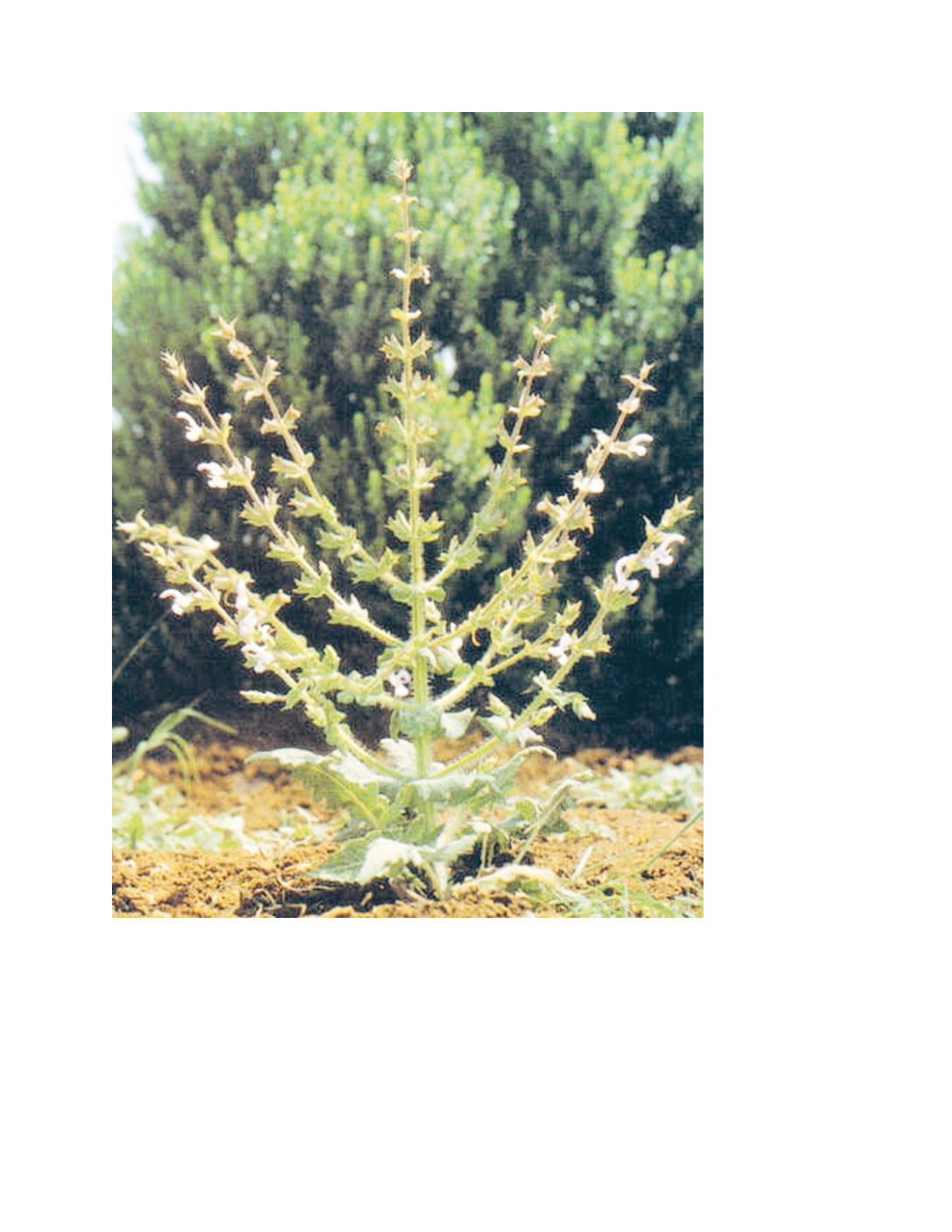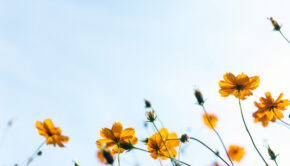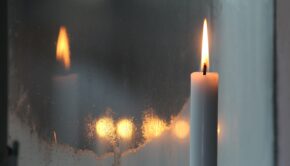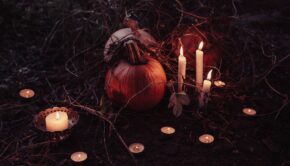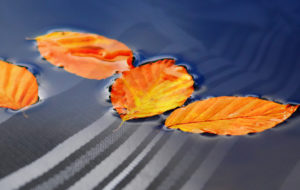Hanukkah: Dynamic Emergence of the Eternal Light– Part 2
This post is part two of a three part series on Hanukkah. As we move through this eight day holiday, Rabbi Margalit will be sharing thoughts on the emergent and dynamic aspects of Hanukkah. You can find the first post here.
I wrote in Part One that Hanukkah isn’t mentioned in the Torah, that it is a holiday that was started by us, the people, and it didn’t really focus on God’s explicit miracles but more on the people’s courage in the war against the Greeks and their initiative in declaring this a new holiday. But, hold on! Of course, Hanukkah has miracles! There is the famous miracle of the candles burning for eight nights.
I won’t go into the story of that miracle, but the light of the Menorah points to a strange paradox of Hanukkah – it does bridge the two worlds: the ancient, biblical world and the newer world of the rabbis. The key is looking at the candle and the flame. The original candelabra in the Temple, the Menorah, actually has very ancient “roots.” The Salvia Palestina, the “Menorah plant” (shown above), was identified by Israeli botanist Noga Reuveni as possibly the model for the menorah in the Temple.
The idea of the sacredness of trees and plants is well known in the ancient Near East and Mediterranean, but it is not only the tree/plant but also the flame. Think of the burning bush that Moses encountered on “Horeb” which is another name for Mount Sinai. Biblical scholar Jon Levenson writes:
“In the encounter of Moses and the burning bush, two of YHWH’s emblems—tree and fire—clash, and neither overpowers the other. The two will appear again in tandem in the menorah, the Tabernacle candelabrum which is actually a stylized tree, complete with “branches,” “almond-shaped cups,” “calyces,” and “pedals.” Jon Levenson, Sinai and Zion, p. 20 – 21.
It makes sense to me that both the tree and the flame are symbols of God in ancient Israel. They both have qualities of a kind of living strength and dynamism. The tree is a symbol of life and change within stability. It grows and changes while remaining fixed and strong. Flame is constantly moving, dancing and powerful, evoking passion and wonder, seeming to connect matter and spirit. Both trees and fire are connected to earth, but reach upward toward the heavens.
In the Tabernacle, and then in the Temple, the High Priest would daily light the Menorah:
“You shall further instruct the Israelites to bring clear oil of beaten olives for lighting, for kindling lamps regularly. Aaron and his sons shall set them up in the Tent of Meeting, outside the curtain which is over the [Ark of] the Pact, [to burn] from evening to morning before the LORD…” Exodus 27:20-21.
The word that is translated “regularly” is tamid. This is also often translated as “eternal” as in “the Eternal Light” ner tamid.
That flame, which is regularly, constantly, connected to the tree-like menorah, is alive and dynamic. The word which we translate as “eternal” actually means something much more dynamic: regularly, constantly. The priest needed to continually, every day, re-kindle the Menorah.
Could it be that the essential battle between the Greeks and the Jews in the time of Hanukkah was exactly this: the Greek notion of eternity came from Plato and the “Eternal Forms” which are ideal and never change. The Hebrew idea of tamid is also a kind of eternal, but it is more like a tree or a flame, constantly renewed and constantly growing and changing. As attractive as Greek philosophy was, it wasn’t Torah, it wasn’t the dynamic, tree/flame that we can still see dancing in the Hanukkah lights.
That dynamic way of understanding and of living was something worth defending back in the days of the Maccabees, and it is something worth exploring today.
Hanukkah, which means dedication, is also a great time to rededicate ourselves to spiritual practice. If you would like to dive more deeply into teachings like this one, and develop practical spiritual tools for your daily life, consider signing up for our 2019 class: The Royal Road to Relational Spirituality. We’d love to have you in our community of seekers, builders, and doers! Click here for more information.

